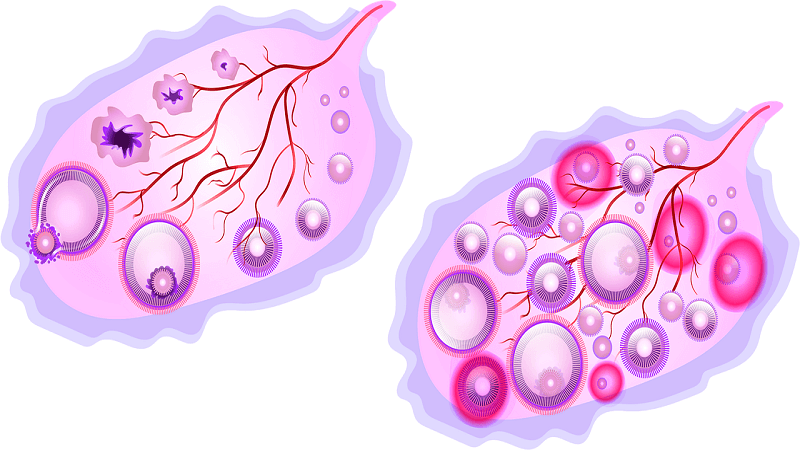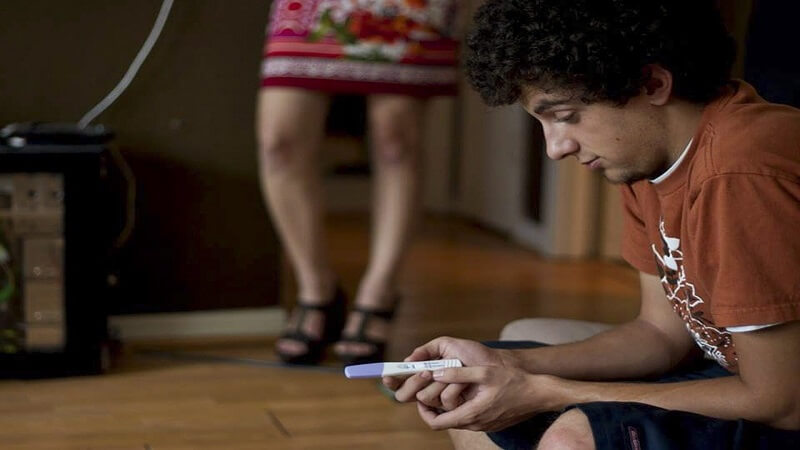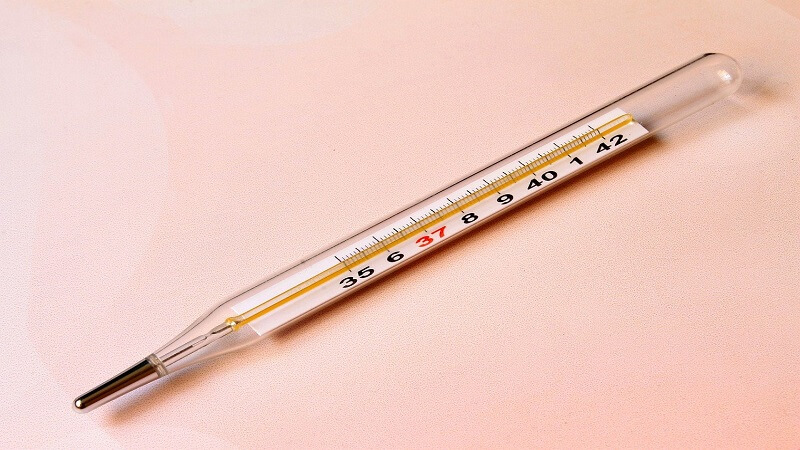Ovulation is when a mature egg is released from the ovary. The egg then moves down the fallopian tube where it can be fertilized. It is essential to know when you’re ovulating because Ovulation is one of the critical factors infertility. Tracking your ovulation is very challenging compared to tracking your period. Ovulation is the best fertile time to have a baby dance to get pregnant.
A woman has around six days during your menstrual cycle, which are considered fertile, and she could become pregnant if she has sex. This fertile window leads up to and includes the day that you ovulate. These six days are important. The egg can be fertilized in about 12 to 24 hours after release.
When does a woman ovulate?

The ovulation period is different for different women. Usually, ovulation starts on the 14th day of the 28 days menstruation cycle. If a woman’s cycle is longer or shorter than 28 days, the predicted date is changed accordingly.
Signs and Symptoms Of Ovulation
Some of the common symptoms experienced by most the women are:
- Bearable pain on one side of the stomach. It is a little pinchy kind of pain.
- Some women may experience light spotting.
- Vaginal discharge generally increases during your fertile window.
- The breast becomes very sensitive to touch. They get tender and painful sometimes.
- The women may experience going cozy and increased libido to have love with their spouse.
- Some may experience gastrointestinal issues. Some acidity and bloating occur.
Why is it important to know when you’re Ovulating?

If you want to get pregnant, either now or later in life, it’s crucial to know whatever you can about ovulation. Misinformation of any kind can decrease your chances to conceive. Each month, you ovulate an egg. With time, the number of eggs in the ovaries decreases. It is also essential to know when you’re ovulating because it affects your overall health and body.
How to detect Ovulation?

Although determining if and when ovulation is occurring might seem frustrating and time-consuming, it is often an essential step toward achieving pregnancy. Many tests help detect ovulation. Some of them are:
- Transvaginal Ultrasound
- Blood Tests to Measure Hormone Levels.
- Endometrial Biopsy
- Urine Test Kits to Measure Luteinizing Hormone (LH) Levels.
- Basal Body Temperature (BBT) Chart
- Ovulation predictor kits
- Saliva tests
And many more. Women should work with their physicians to decide which method of ovulation detection is best for them to explain better and help you decide which method to use to detect ovulation.
What is Basal Body Temperature (BBT), and what does a BBT chart indicate?

It is the lowest body temperature attained during rest (usually during sleep) and can be measured for fertility awareness, Also No side effects, and it can aid pregnancy achievement. Couples trying to conceive can use BBT to determine when the opportunity for pregnancy during this cycle has passed.
During the follicular phase, the woman’s body temperature is relatively low. Progesterone production begins at ovulation; it produces a temperature rise with a minimum increase of 0.5 degrees Fahrenheit. An increased body temperature for several days indicates ovulation has occurred, so Making a BBT chart helps confirm that ovulation has occurred. You can measure temperature using a BBT detecting thermometer and record. Then, you can compare it with the chart.
How do Ovulation Predictor Kits and Saliva Ovulation Tests work?
OPKs have test strips that work by measuring levels of luteinizing hormone (LH) in your urine. A rise in LH signals the ovary to release an egg, thereby giving an excellent base to assume that ovulation will occur within the next 12 to 36 hours. When used correctly, they are about 99% accurate at detecting the LH surge before ovulation. For maximum accuracy, follow the kit’s directions closely.
Saliva ovulation tests predict by looking at patterns formed by your saliva. When your estrogen increases near your time of ovulation, your dried saliva may create a fern-shaped pattern called salivary ferning. When you are not in your fertile window, your saliva will dry in shapeless blobs. So this way, you can check and detect your ovulation by observing under a microscope the salivary patterns by yourself.
It is advised to consult your doctor when you are continually trying but not able to conceive. Blood tests can help determine the problem. If they are typical for both you and your partner, you should keep having regular sex, but if they aren’t familiar, your doctor might suggest you measure and offer you the required medical assistance.
Some other symptoms that indicate ovulation;

- Your basal body temperature shows a slight fall and rises again.
- The cervical mucus in your body seems thinner and looks clearer and is also a little more slippery, somewhat like the consistency of an egg white.
- The cervix softens itself and opens up.
- Mild cramps and very slight pain in the lower abdomen.
- Your sex drive may increase, and light spotting might be noticeable, leading to your vulva or vagina appearing swollen.
The ovulating period is the fertile period in which having sex is a good chance of conceiving, So it is crucial to know when you’re ovulating so that you do not waste time stressing about the reasons why you couldn’t conceive!
Also Read: Find Out All About Implantation Bleeding And Its Signs
The content shared with all of you is for informational purposes; please don’t consider it your health guide. It is always better to take your doctor’s advice in person for any concerning issues.

